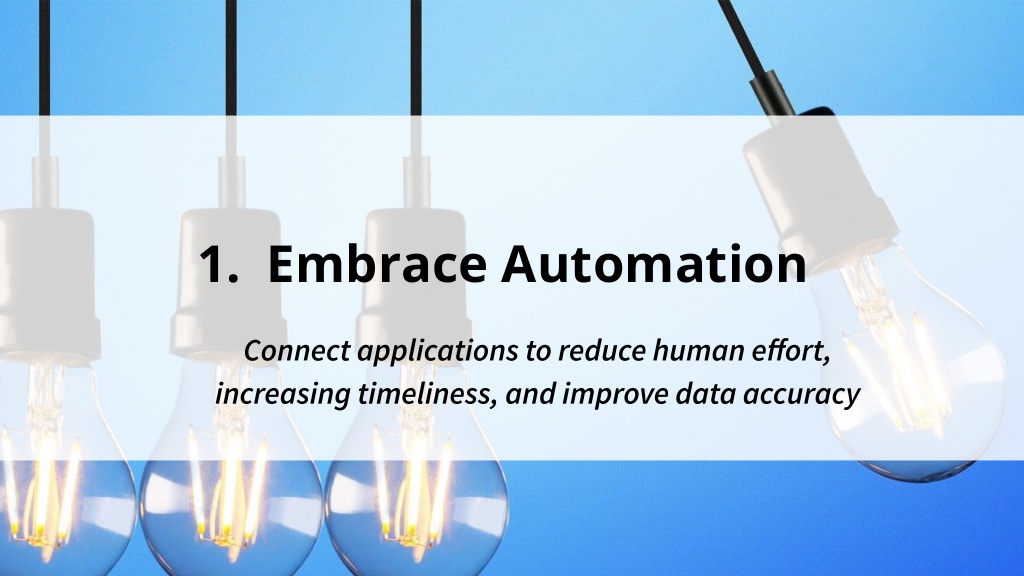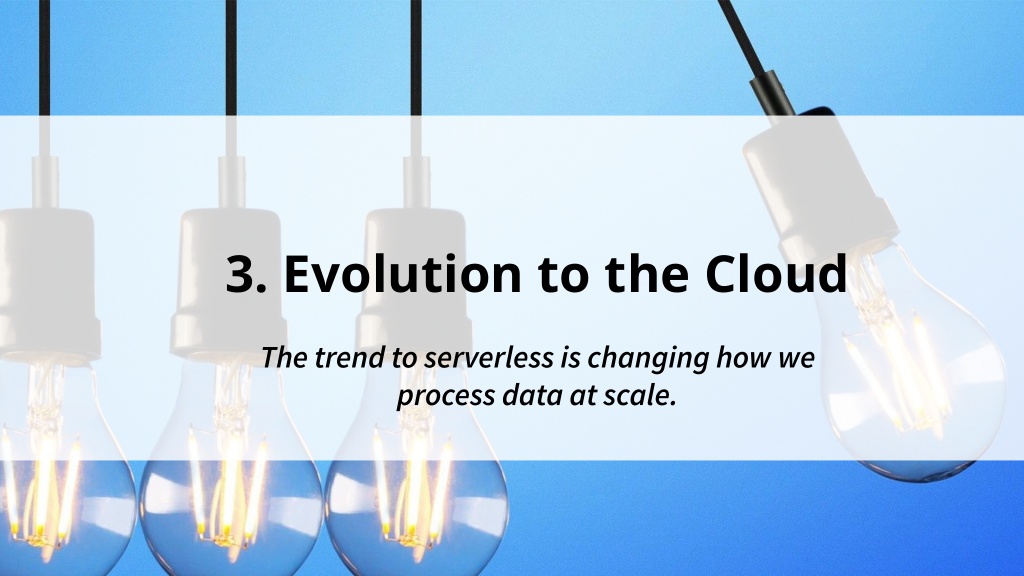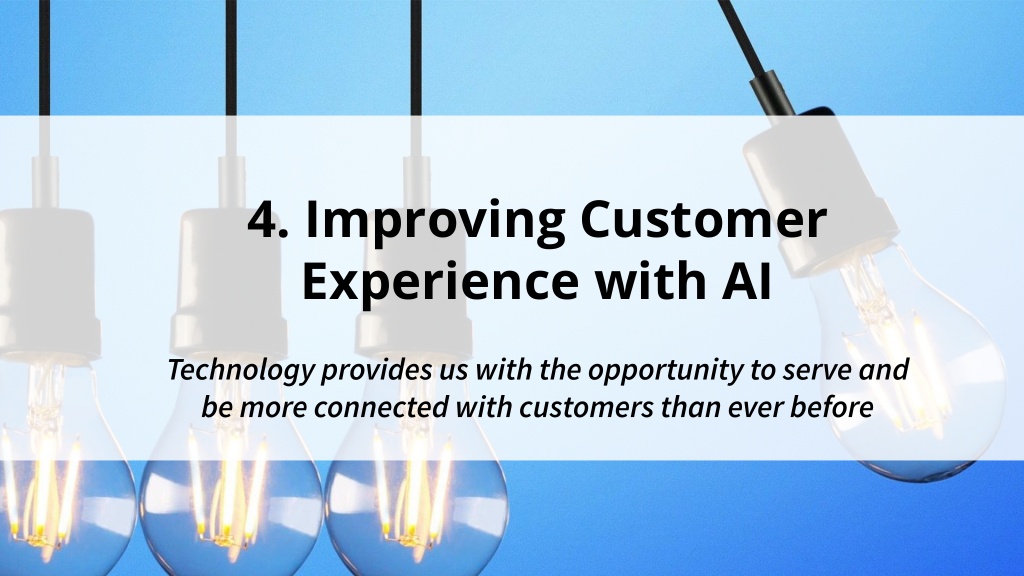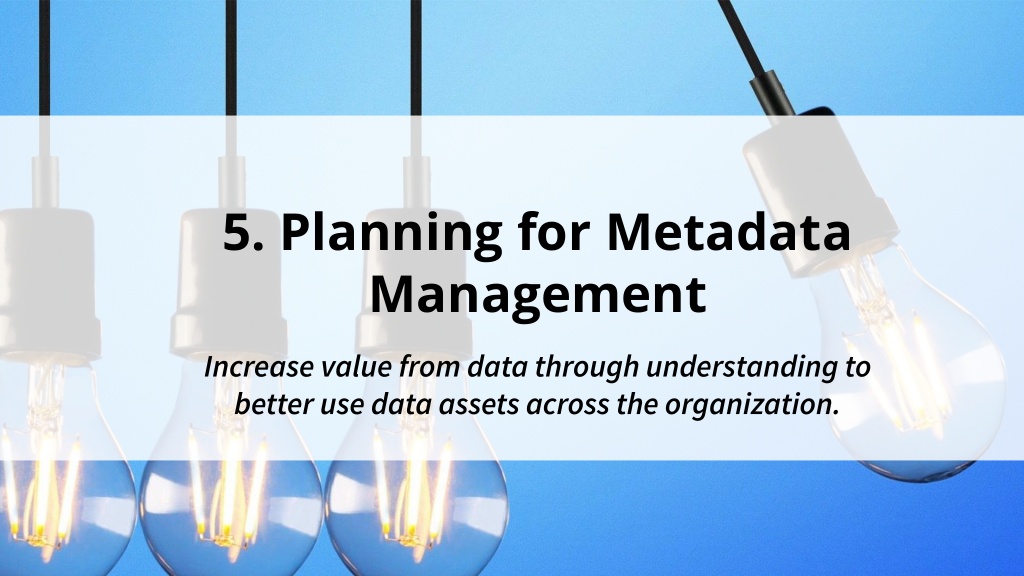Why should you watch data integration trends in 2021?
In today’s marketplace, businesses that can derive value and insights from data have a strong competitive advantage. Capitalizing on everything your data has to offer is all about understanding and adopting new technology and following the current best practices.
Because as the world evolves, businesses that embrace change are the ones who stay ahead.
So what technology and practices should businesses look out for in 2021?
Safe Software co-founders Don Murray and Dale Lutz recently hosted a webinar about what data integration trends we should expect this year, with topics ranging from popular data types to the workflows used to handle them. Let’s recap their top tips.
5 Data Integration Trends
1. Embrace Automation
Automation is about reducing human effort and improving the quality and value of the data you work with. On an individual level, it’s about eliminating lightweight manual tasks that you do regularly, like data validation, data entry, compiling reports, sharing information, and sending emails and notifications.
Across an organization, this is where the concept of application integration can help unify the IT environment and synchronize all information within a business. All departments should use the most specialized applications for the job and use automation to connect them.
To embrace automation, start by identifying what manual processes require repetitive tasks or multiple handoffs. For tasks that you or your team do often, spending a few hours building an automated data processing workflow in FME or launching a self-serve data portal can save a ton of time in the long run. (This xkcd chart makes a great point about how much time can be saved by spending a few minutes, hours, or even days figuring out how to automate something you do regularly.) Even reducing a 15-minute daily task to 2 minutes is huge.
- Watch Now: Why you should embrace automation
- Related: Deploying Enterprise Integration Patterns in FME Server
2. Leverage More Data Types
Every data type has a unique purpose. You wouldn’t use GIS software for financial data and you wouldn’t use a spreadsheet as a data warehouse. It’s important to put data into the best format for the job, just as it’s important to leverage and combine these various systems in order to generate insight. Your GIS and financial data offer value on their own, but the most value is achieved when you integrate these systems.
Three particular data types to watch for in 2021:
- Spatial data is more important than ever when it comes to generating insight, especially given that the biggest cloud vendors (Google, Snowflake, Amazon) added spatial support last year. So much data can be improved by adding a location/spatial component.
- Real-time data is also more prevalent, given the rise of sensors and 5G. Businesses need to analyze and manage more real-time data than ever as it pours in from the web, IoT/sensors, events, and streams. Real-time data processing means quicker, smarter decisions.
- Augmented Reality (AR) is becoming more powerful and accessible as an endpoint. It’s been on the rise for a number of years, but in recent months we hit a tipping point when it became available in everyday devices, such as Apple adding LiDAR scanners to iPads and iPhones. At Safe Software, we’ve seen organizations use AR for practical scenarios like viewing underground utility assets, real estate, and lots more. And we’ve built a geo-aware AR app for viewing any data in augmented reality.
- Watch Now: How to leverage more data types
3. Evolve Toward the Cloud
A few factors are driving organizations to the cloud, the biggest one being the rise of remote work. When so much of the world was forced to work from home in 2020, companies that already embraced a cloud-based infrastructure hardly stumbled. Even when we can all head back to the office, we might see a permanent or long-term shift where more employees decide to stay remote.
Remote employees aside, traditionally on-premises organizations have been shifting to the cloud for numerous reasons. The scalability and elasticity of the cloud means you only pay for what you use, while serverless services and compute power like Kubernetes offer more flexible environments. Companies who embrace the cloud don’t have to procure hardware, but can instead leverage flexible, scalable infrastructure. Plus, companies can create a more robust and secure infrastructure by building on the incredibly secure platforms of leading cloud vendors.
Agility is as important here as everywhere else. There are a lot of cloud vendors, and the key is to embrace several of them and aim to be cloud-agnostic.
- Watch Now: Learn about the evolution to the cloud
4. Improve Customer Experience via Machine Learning
Machine learning has become useful in terms of creating a better experience for customers. Consider how your business can use machine learning and AI to help people be more productive. For example, Google strives to help you work faster with suggestions to autocomplete your sentences in Gmail and Google Docs.
In FME, we’re working on predicting what transformer would go next in your workspace. The world is just beginning to see the implications of machine learning for improving productivity and customer experiences.
And of course, preparing data for machine learning is best handled with data integration workflows: process, validate and clean, migrate, and repeat.
5. Plan for Metadata Management
As organizations collect more and more data, managing it becomes increasingly important. It’s critical to track what the data is, where it came from, where it resides, how it’s been modified, and more. Otherwise, data becomes out of control quickly.
Think of it like having thousands of photos from throughout your life with no metadata attached – no timestamps, no folders, nothing to tell you what the photos are of or when they were taken. How are you supposed to find and use the pictures you want? You need some indicators of when and where they were taken, and maybe who or what is in them, in order to make use of them. Metadata does this for your data, no matter what format it’s in.
- Watch Now: How to plan for metadata management
Embracing It All
As we head into a brighter 2021, look to vendors and organizations who embrace change. They are the ones who will thrive in today’s world, where new technology and efficient, cost-effective workflows need to be leveraged to “win the marketplace”.
What else do you think we should watch for in 2021? Has your business embraced any of the above technologies? Let’s discuss in the comments!

Tiana Warner
Tiana is a Senior Marketing Specialist at Safe Software. Her background in computer programming and creative hobbies led her to be one of the main producers of creative content for Safe Software. Tiana spends her free time writing fantasy novels, riding her horse, and exploring nature with her rescue pup, Joey.








